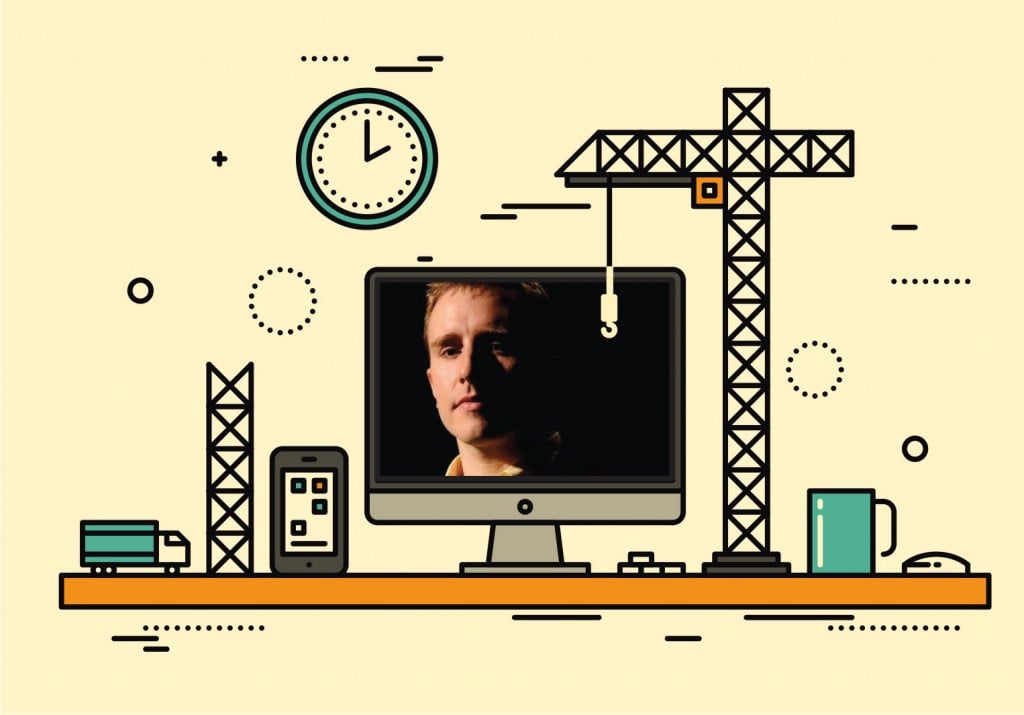 To design a stronger building or lighter, more aerodynamic aircraft wings, engineers typically rely on trial and error. They start with a known design and tinker with it until they get the traits they want.
To design a stronger building or lighter, more aerodynamic aircraft wings, engineers typically rely on trial and error. They start with a known design and tinker with it until they get the traits they want.
But engineers in the aerospace, automotive, and structural industries are increasingly using computer-based tools that let them create, from scratch, the best design to meet performance requirements, notes James Guest, associate professor of civil engineering.
The mathematical approach that Guest works on is called topology optimization. Topology describes the shape and structure of an object. Topology optimization uses complex computational methods to create a spatial design based on user- defined conditions.
“The beauty of the approach is that you start with a blank slate and create a structure driven purely by mathematics instead of intuition,” Guest says. “And the resulting object performs better than existing components.”
To design a lightweight beam, for instance, an engineer would give the topology optimization software parameters such as the beam’s span and the load it needs to bear. The software would create a complex, webby structure that is significantly stiffer and lighter than a conventional beam.
Guest has created algorithms that, in effect, provide a reality check. They prevent the software from creating fantastic structures that can’t be manufactured. “If we let the computer run loose, it may design super tiny networks of beams that it predicts can perform excellently but that no one can fabricate,” he says. “Or it might put two materials together that you can’t bond in real life.”
For his algorithmic contribution topology optimization software, Guest was awarded the 2015 EMI Leonardo Da Vinci Award by the American Society of Civil Engineers. The annual award recognizes young investigators for promising developments in the theory and application of engineering mechanics.
Guest’s algorithms are now incorporated in popular commercial design software. His ideas and algorithms have also caught the attention of several 3-D printing companies. He is now working with a 3-D printing company on a National Science Foundation-funded project to develop a topology optimization tool for designing metallic components that are fabricated by casting into 3-D printed molds. Guest says that engineers should be able to use the design tool to fabricate large, complex components.




